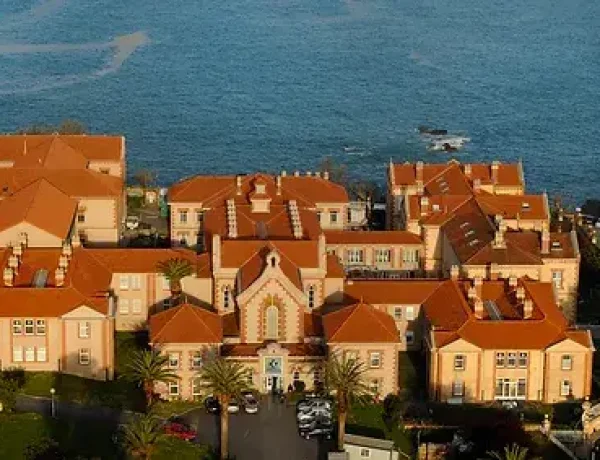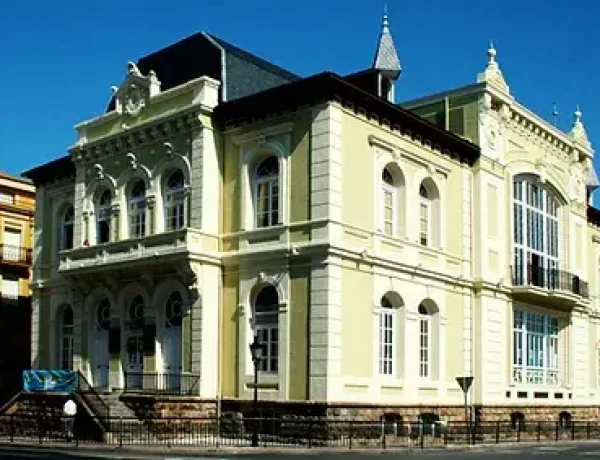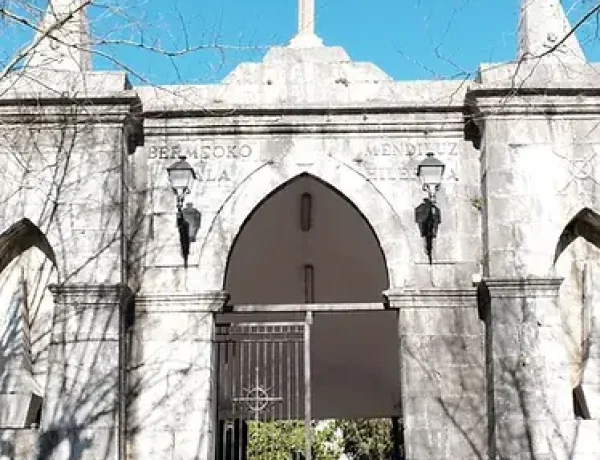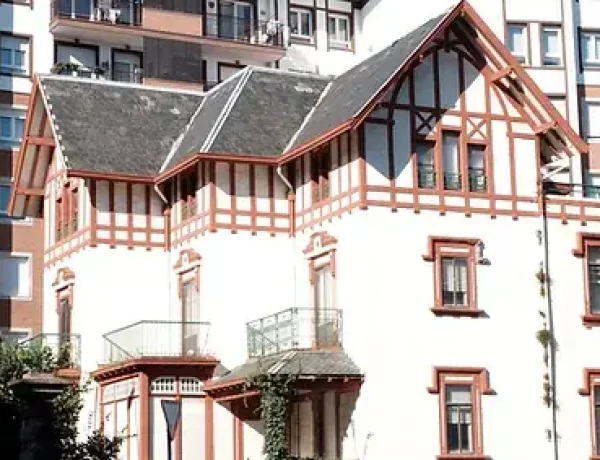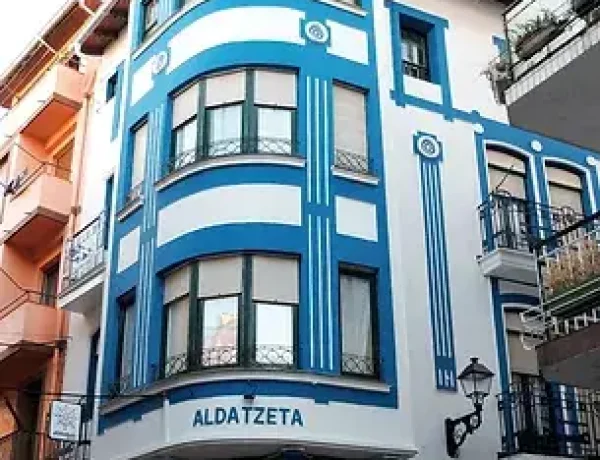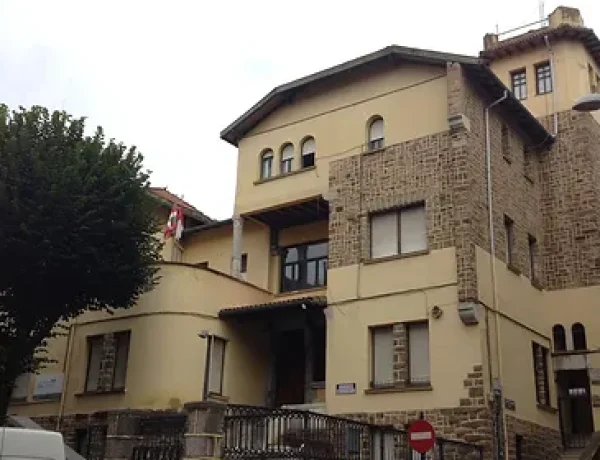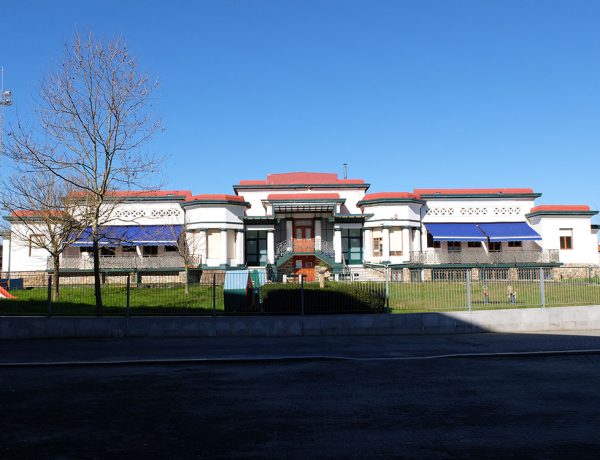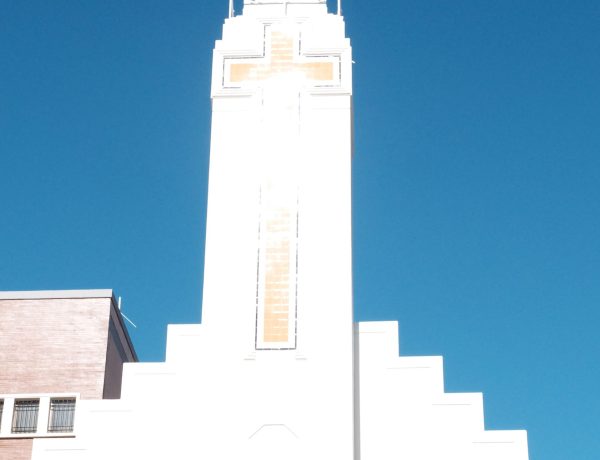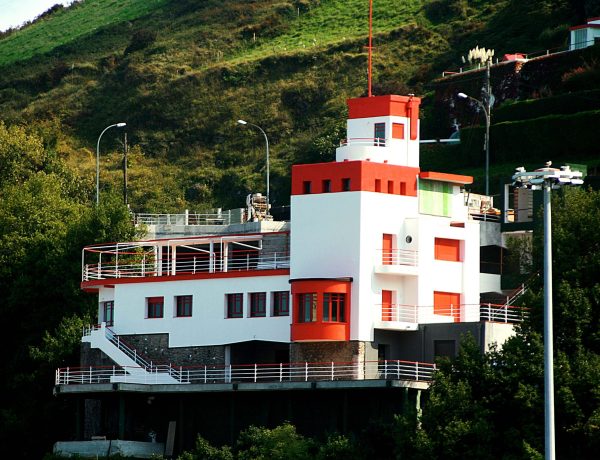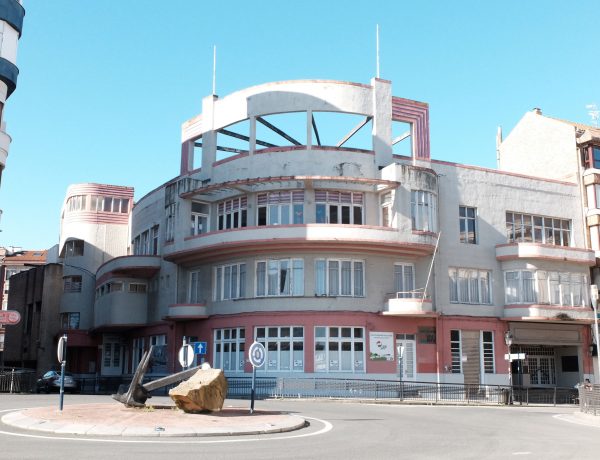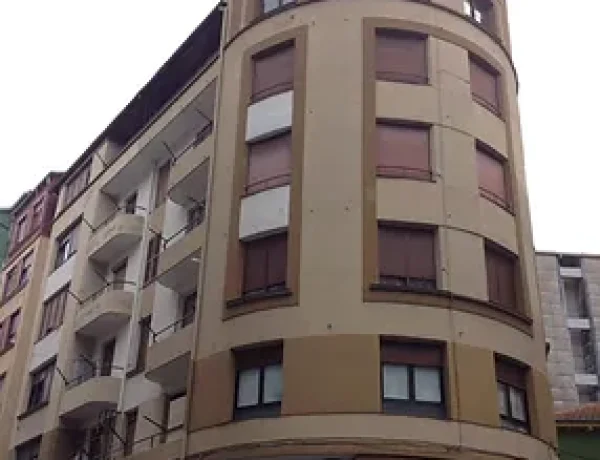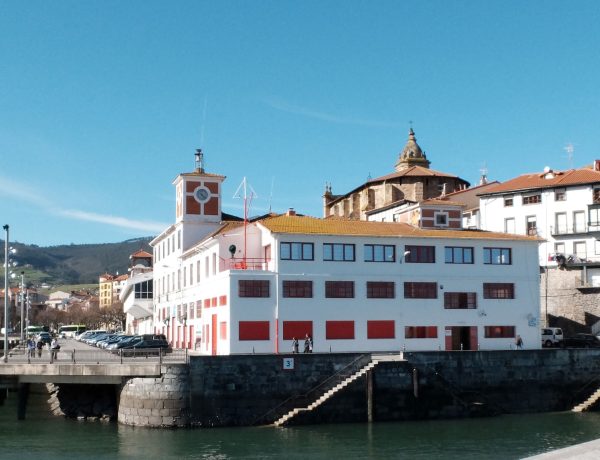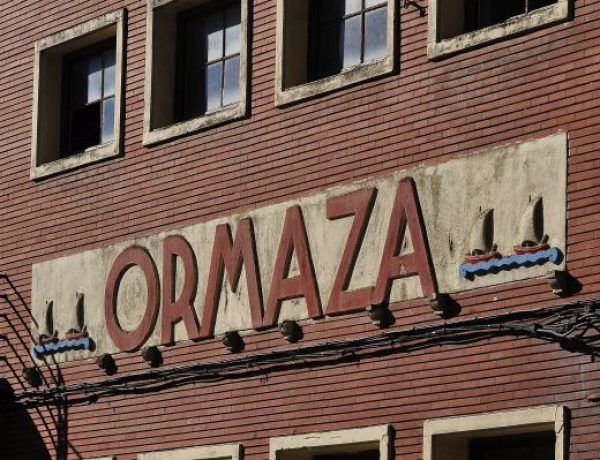This hospital is one of the culminating works of contemporary hospital architecture in the Basque Country and it is among the most remarkable in Spain.
The architect Achúcarro executed the order in a brilliant eclectic style, which perfectly met the needs of hospital architecture. The solution was the choice of brick because its simplicity and low cost corresponded perfectly to the two fundamental requirements of a healthcare building : rationality and tight construction budget. Eclecticism manifests itself in the use of brick with a plastic use of great beauty, marked by two influences: classicism for the ornamentation of hollows, eaves, transoms, the entrance railing and chimneys, and neo-medievalism at the top of the façade walls and gable dormers.
Typically, the pioneering introduction of the pavilion model into contemporary Basque architecture is also very remarkable.
